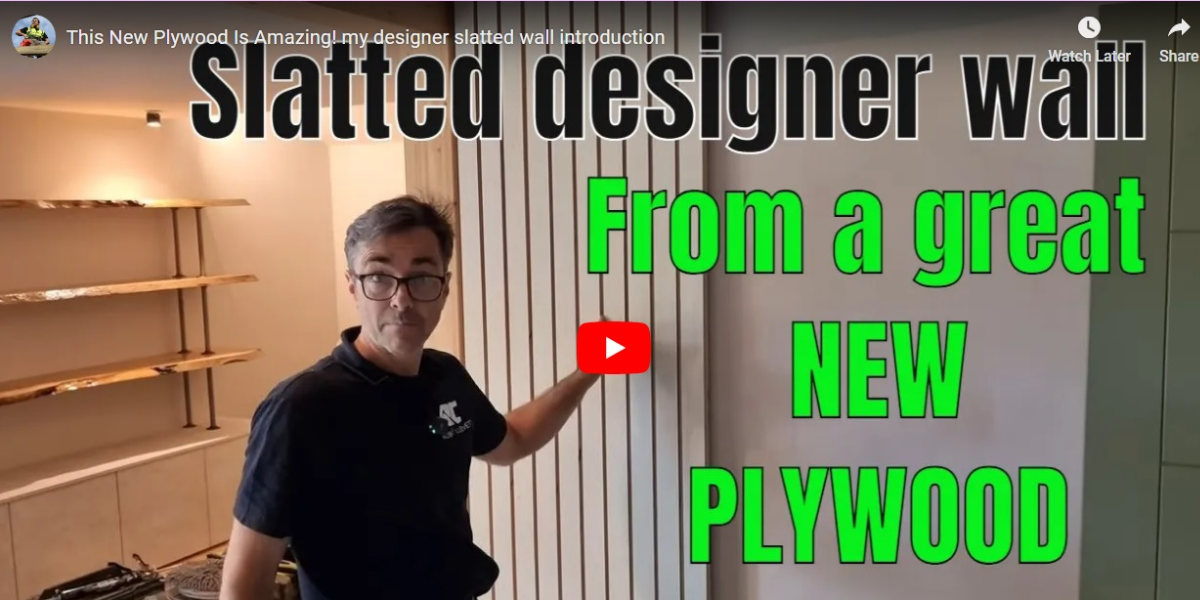nmtjb
pfm Member
Birch ply is currently at rip off prices across the UK. One of my nicer FR speaker pairs is made of 12mm poplar ply laminated with formica. Look great, sound great and lighter to move around than birch.
there's also several alternatives to birch worth exploring, I've used these guys in the past:
 www.winwood-products.com
www.winwood-products.com
there's also several alternatives to birch worth exploring, I've used these guys in the past:
Winwood Products
Winwood Products is a timber importer, specialising in the distribution of technical panels & engineered wood products, manufactured exactly to your specifications




